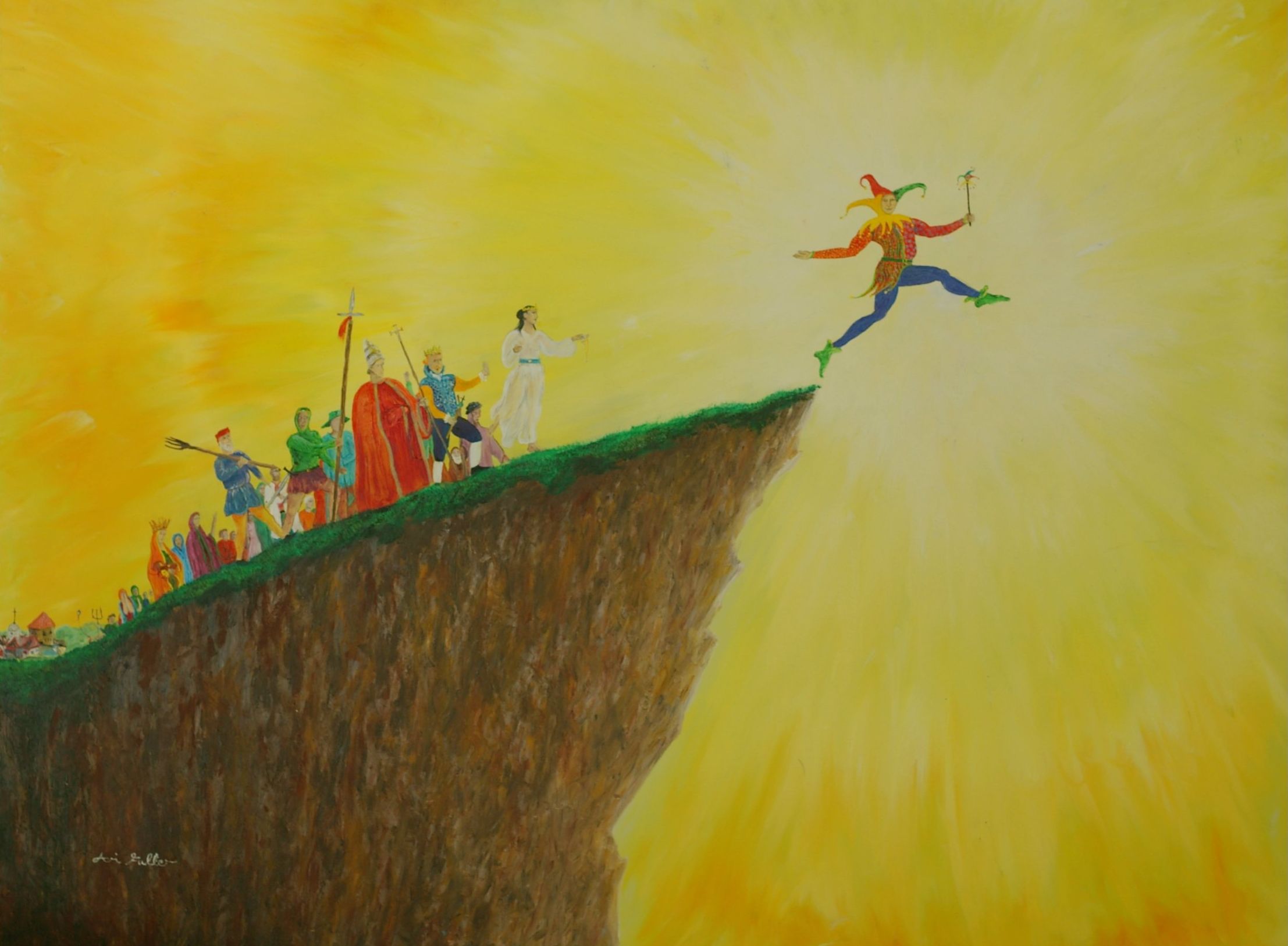"Official" sources are fine and dandy ... but what about all that fun stuff out there that isn't from Wizards of the Coast? The Dungeon Masters Guild opens up options for getting homebrew content out to others--but it has very specific setting requirements. I follow several gaming blogs that include a lot of great options for 5th Edition D&D--and I've already incorporated (and adapted) a few of these into my Monvesia campaign. But there is so much more out there.
Earlier this year, I posted an index of [mostly] official 5th Edition character options. On this list, I included components I believe are missing from the official, core rules. Some of these have links to homebrew content, others do not. As I seek out what others have done to fill these gaps, I run into some great options that I would like to share.
Today, I have chosen to share some options from The Wayfarer's Guild. Ian Burns has created some great archetypes here--and there is more to come. I look forward to seeing the Strength and Fortune domains.
Today, I have chosen to share some options from The Wayfarer's Guild. Ian Burns has created some great archetypes here--and there is more to come. I look forward to seeing the Strength and Fortune domains.
All of this information has also be added to the appropriate, existing posts--revising and/or replacing information in those posts as necessary.
Barbarian: Path of the Thaneborn
Among dwarves, barbarians are warriors to be honored and respected. Dwarven barbarians are not ruled by their rage, but the governors of it. Their unparalleled control is a mark of prestige that makes the Thaneborn natural leaders on the battlefield.
Under the context of 5th edition, the Path of the Thaneborn is a close facsimile of the 1st Edition barbarian class. The thabeborn is a leader in combat, and his heroism is an inspiration to his allies.
With the addition of the Thanneborn, eah of these cultures to embrace the barbarian class can now have their own path: dwarven thaneborn, elfish berserkers, galtish totem warriors, and rakastan bloodrage savages.
Cleric: Creation Domain
The dwarven (and gnomish) paragon Khelosani is a patron of artists, craftsmen, builders, and tradesmen--and clerics in service to Khelosani have the power of the Creation Domain.
Why such an iconic domain from both myth and the history of D&D was not included in the Player's Handbook baffles me; and why it has been so hard to find a decent homebrew option is doubly confounding.While meant to be a dwarven exclusive domain, a Materialist cleric of an ancient or independent order could have access to this domain if the character's story justifies it well.
Cleric: Revelry Domain
Revelry is a domain of the Dynamist Temperament, mostly associated with Sychus the Reaper or Orro the Youth. Revelry is often the celebration of a good harvest, and its rites are those of the young and athletic. While Vitalist in appearance, the core principles of the Revelry domain are truly Dynamist.Revelry replaces Tempest as the second domain of this temperament--and the destructive nature of Tempest better serves as part of the Nihilist temperament.
Cleric: Travel Domain
To dwarves, the paragon Vaeltava is a scoundrel and a trickster--a patron of wizards and the lowest castes. To gnomes, however, she is the Matriarch of their race, the first to wander away from the mountains into the world with an open sky. While dwarven clerics of Vaeltava may practice the ways of the Trickery Domain, the Travel Domain is more appropriate for gnomes (or members of other races following their tradition).
This domains is also, unsurprisingly, associated with the human arch-saints Nyres and Charioteer and Maun the Traveler.

This domains is also, unsurprisingly, associated with the human arch-saints Nyres and Charioteer and Maun the Traveler.
Travel replaces Arcana as the second domain of this temperament. The Arcana domain is more thematic to to the studious Idealists, while Trickery suffices to represent the way Vitalists honor magic.

No comments:
Post a Comment